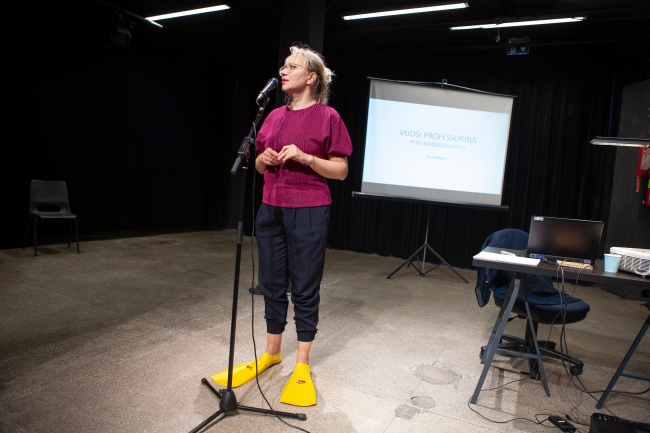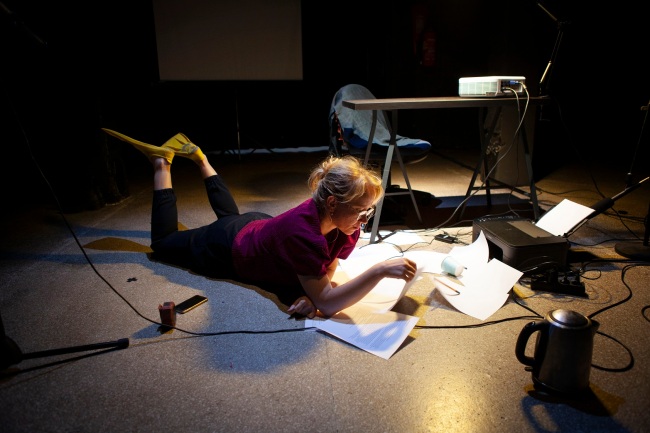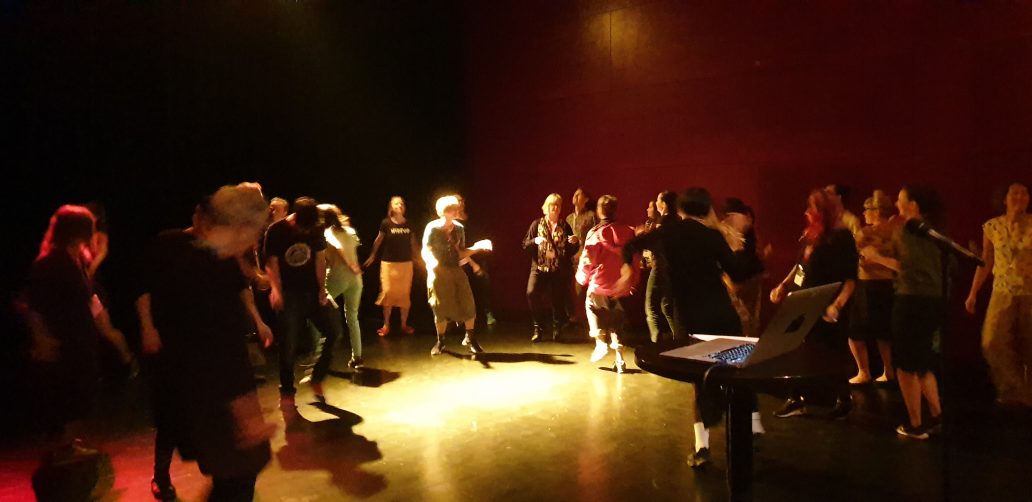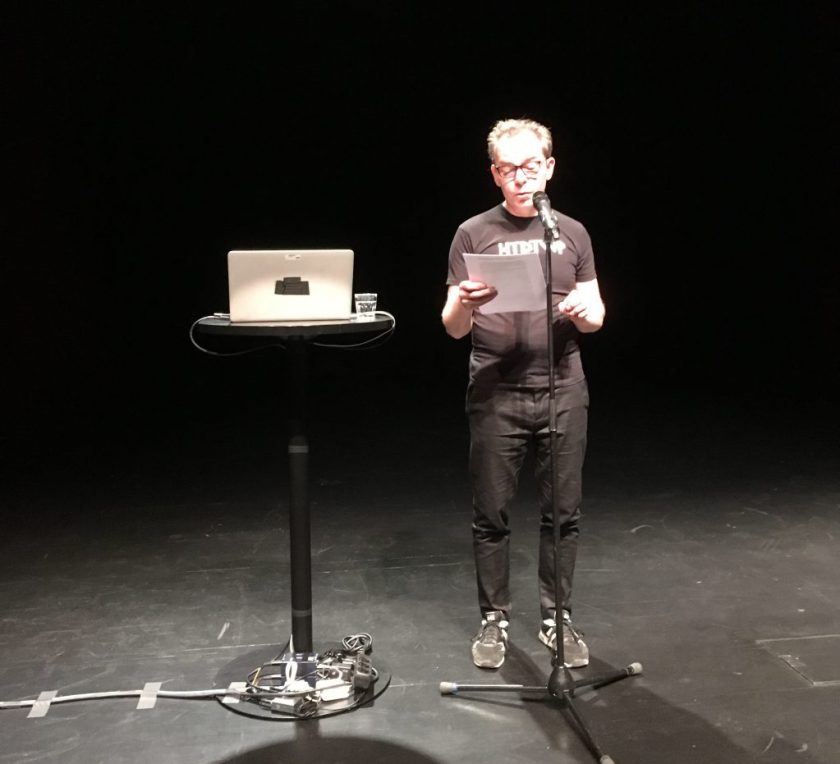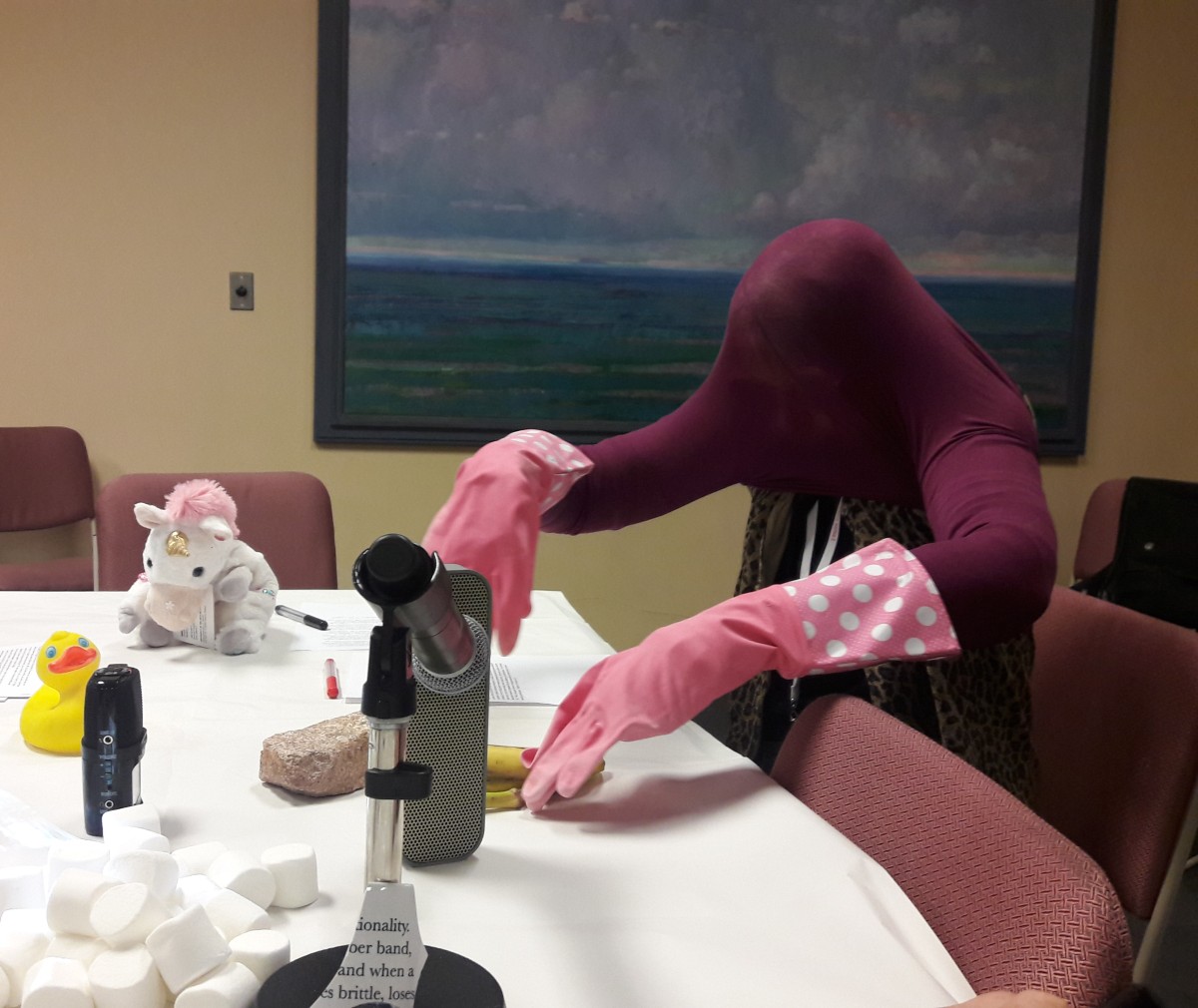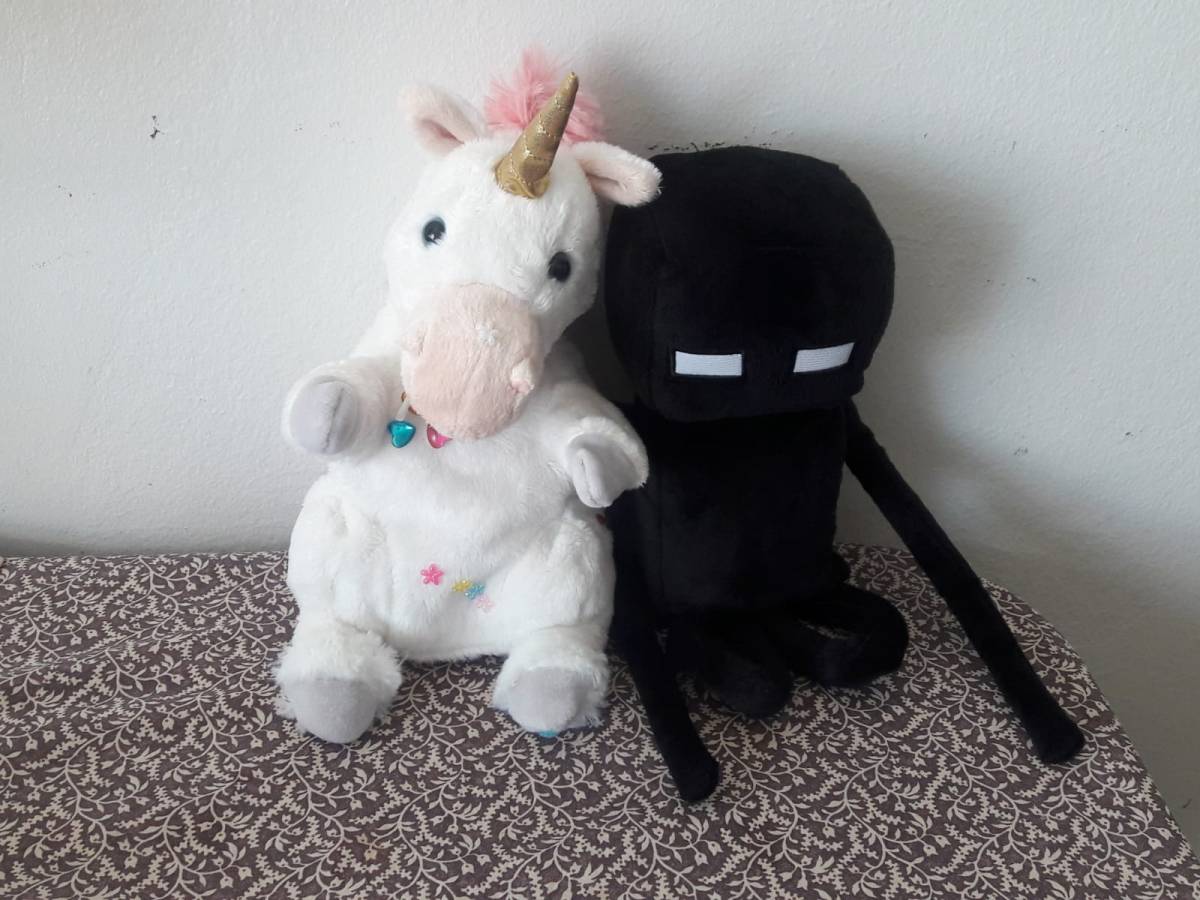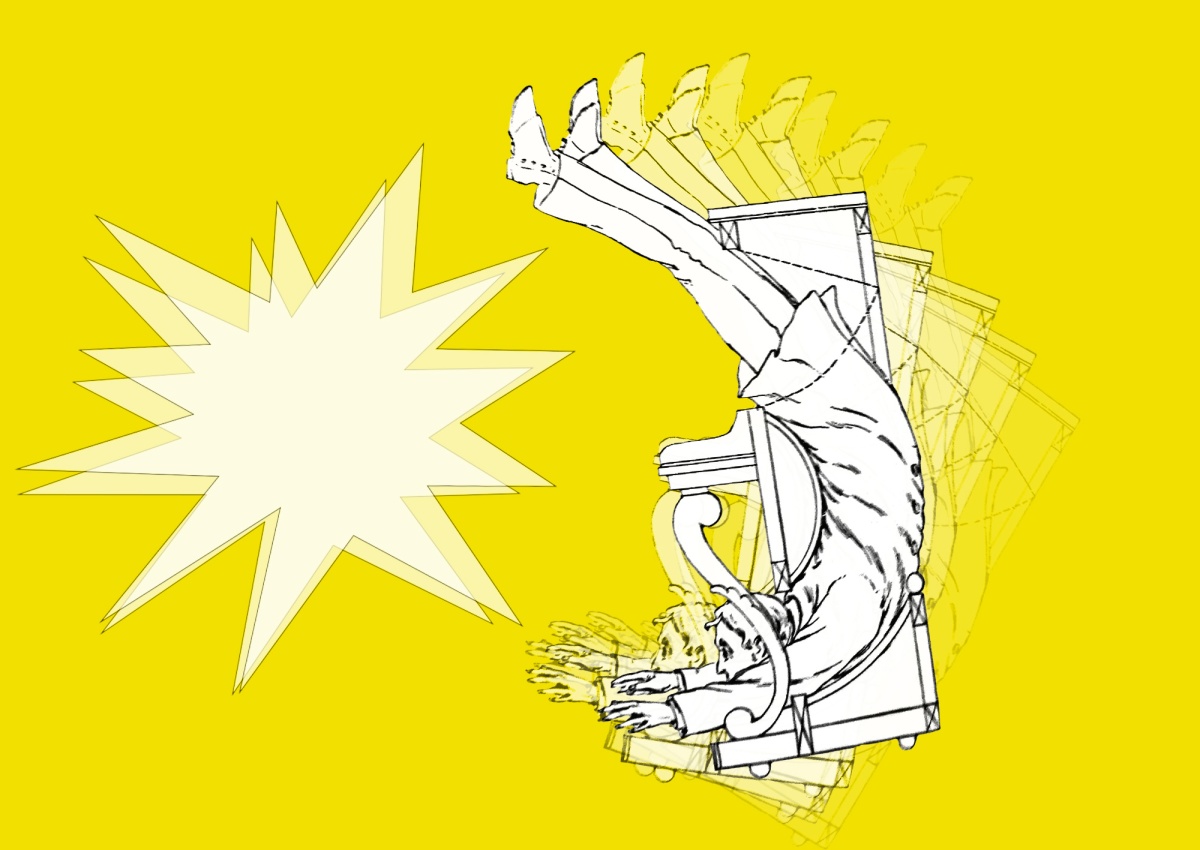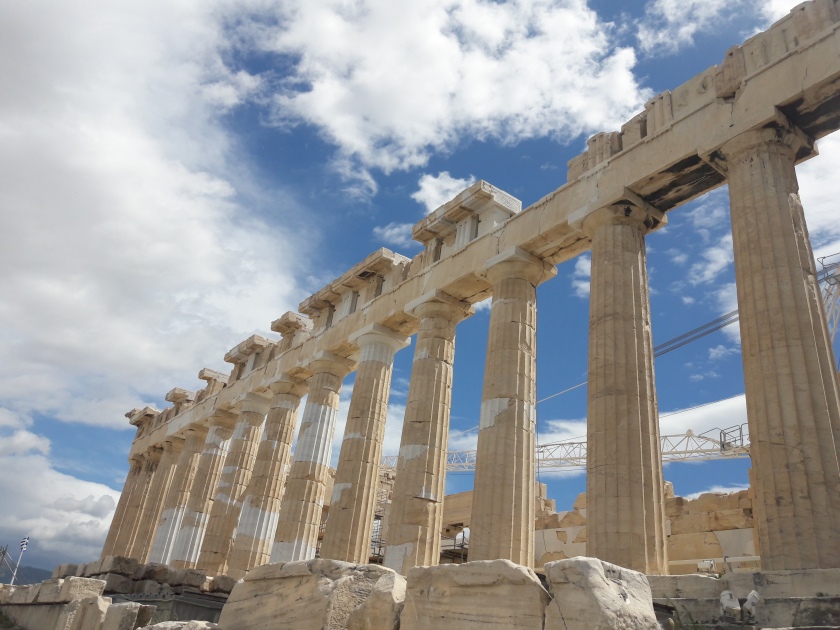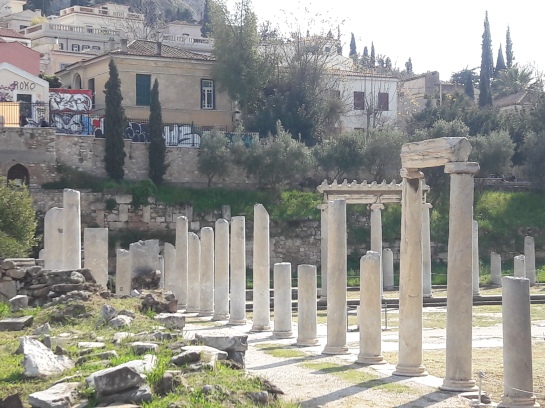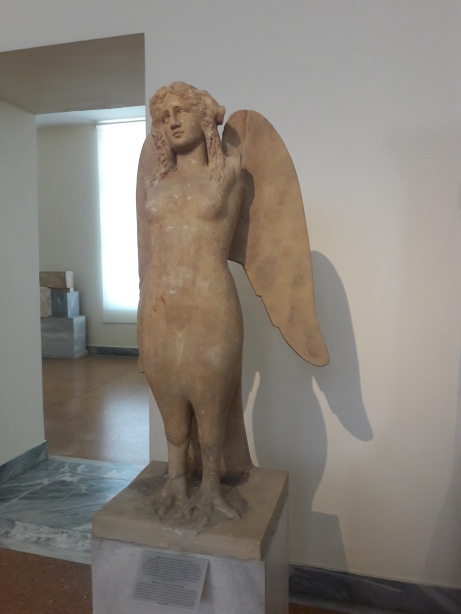The third PARSE conference was held at the Faculty of Fine, Applied and Performing Arts at the University of Gothenburg, and the conference called for thinking the category ‘human’ from different perspectives, with emphasis on what this category excludes and overlooks. Thus, many of the art and research projects shown contested the universality of ’the human’, addressing, for example, climate change, technology, mobility, biopolitics and necropolitics, and decoloniality. The keynotes by Barbara Albert, Joanna Bourke, Zakiyyah Iman Jackson, Joan Anim-Addo, and Maaike Bleeker focused on different art forms but in interweaving ways that connected the themes of the conference into a rich tapestry of art and scholarship. Most of the presentations evoked good questions and important further discussion points.
As a consequence, the conference was refreshingly less like artistic research conferences I have previously attended, with more representatives from minorities, more women and gender-queer people, and far fewer senior white men representing themselves as defining the field and its discursive practices. The delicious food – always an important part of the sustainability of academic discourses – was provided by a company rescuing waste from local shops and restaurants and the simple printout programme and the easy-to-use electronic versions worked great. One of the keynotes was given via skype, which worked practically without a hitch. As such, PARSE really felt like a twenty-first-century conference.
Our research project proposed four perspectives under ‘The Human in Performance’. Due to numerous distractions, the panel ended up becoming quite the traditional cavalcade of four academic presentations. Annette began by introducing the project, followed by Hanna’s paper, ”Intersectional Histories, or Decolonize Your Canon”, a manifesto arguing for the urgent need to rethink whose histories are taught in art schools, whose art is represented as relevant and on what grounds, and how these processes of exclusion favour white patriarchy of canon formation.
Pilvi continued with “Study on objects III, with a camera”, a performance lecture with a video. With the example of the recording, she discussed what takes place in the re-seeing and the relationality with objects we often take for granted, such as the objects we work with, like cameras:
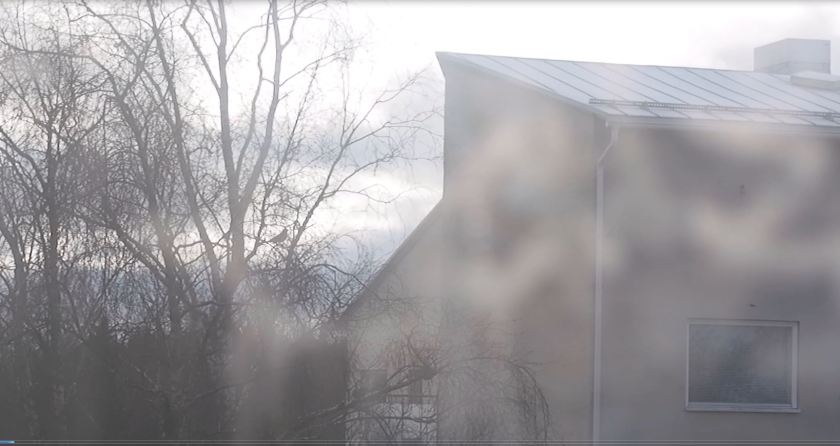
(Pilvi Porkola: Screenshot from video Study on objects III, with a camera)
Tero’s paper “The limits for the expropriation of performance as a force of thought” focused on conceptual art from a (non-)philosophical point of view, and the relationship of theoretical understanding and art practice. His examples were quite punctual:
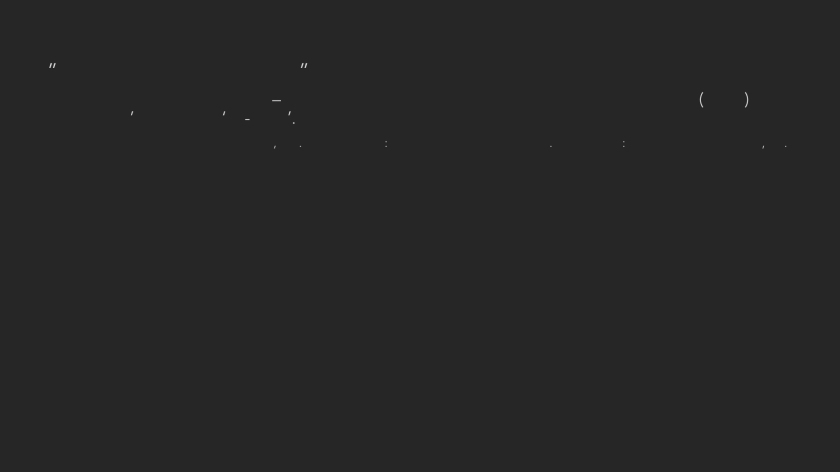
(Tero Nauha: Paraphrasing Reality (1972) by Jarosław Kozłowski)
Finally, Annette revisited her work Year of the Dragon in “Calling the Dragon Again”. She introduced a video by addressing posthuman performativity (Barad 2003), which suggests that the category of human cannot be taken as given, and compared that to the zoe-centred egalitarianism of Braidotti (2017). The serendipity that has characterised this research project continued in that, apart from the problems with the sound system and a bad microphone, the presentations worked great in the order originally decided upon based on technical requirements.
Our panel was moderated by Kristina Hagström-Ståhl, and was well attended, and in the following discussion, audience members offered fascinating readings filling the ‘gaps’ between our four distinct modes of thinking. Project members ended up arguing and disagreeing in very productive ways on these interpretations, to the extent that we later agreed it may well be necessary to rethink how our next joint book project will deal with these fruitful disagreements within the project.
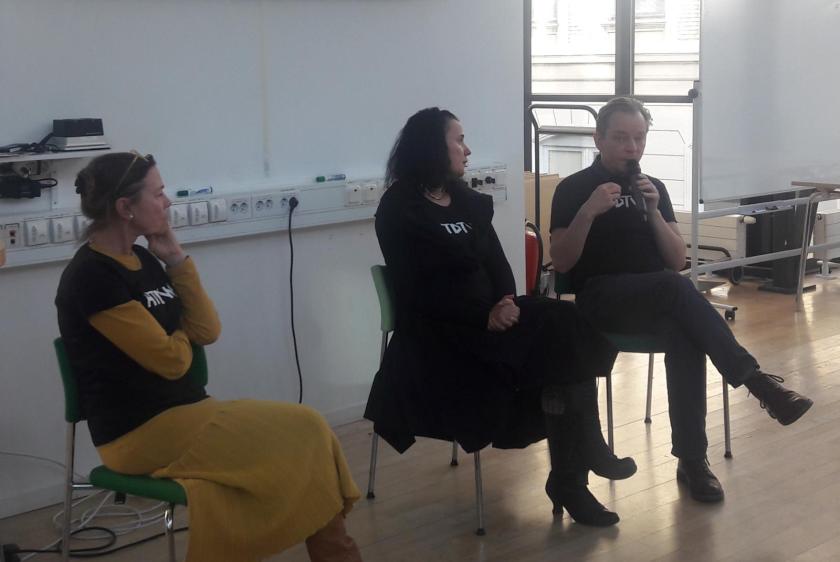
(Photo by Pilvi Porkola)
What is clear is that over the years, we have learned a lot from each other, but we also still hold to our personal interests and theoretical views. Whether the apparent ways in which our interests overlap is real or only seems similar because of accidental similarity in concepts used, needs further elaboration.


